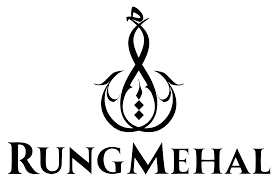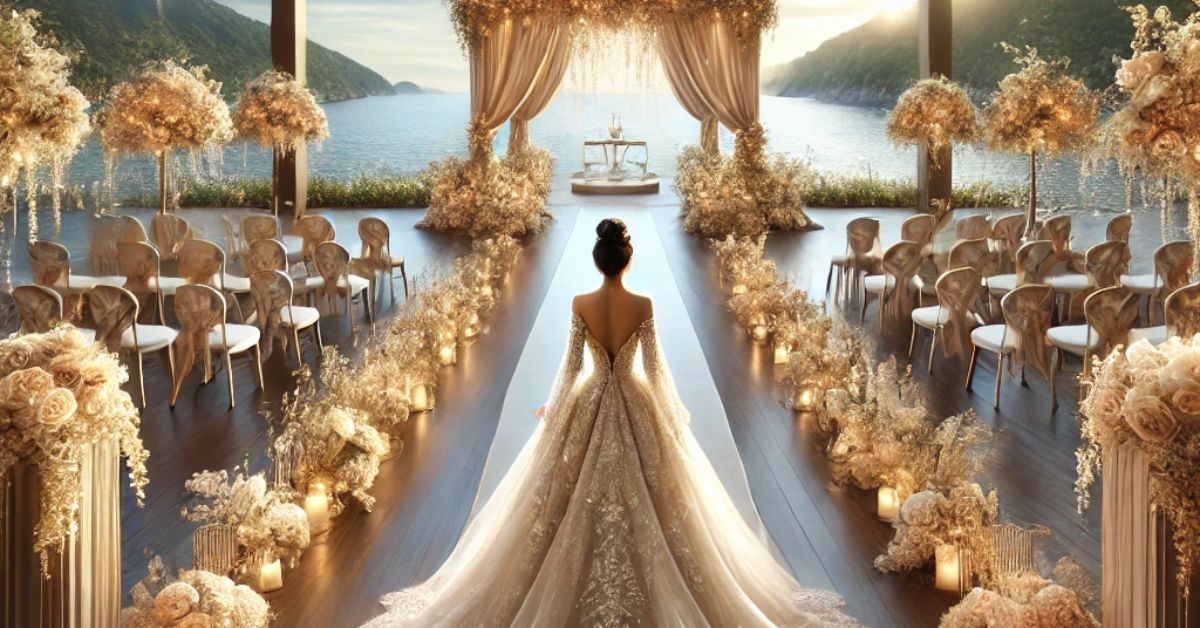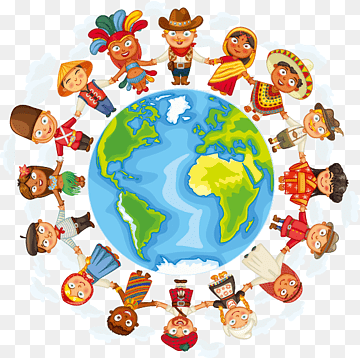Introduction
The term “Rung Mahal,” meaning “Palace of Colors,” evokes a sense of grandeur, artistic beauty, and deep cultural roots. Whether referring to an architectural marvel, an artistic masterpiece, or a compelling narrative, Rung Mahal is symbolic of vibrancy, history, and emotions. It represents the essence of South Asian heritage, where colors are not just visual elements but expressions of identity, tradition, and storytelling. This blog explores the multifaceted significance of Rung Mahal, its historical roots, cultural impact, and how it continues to inspire contemporary art, fashion, and entertainment.
Historical Essence of Rung Mahal
Historically, “Rung Mahal” has been associated with magnificent palaces, elaborate royal chambers, and vibrant artistic expressions. Many historical forts and palaces in South Asia have sections known as Rang Mahal or Rung Mahal, which were designed as luxurious spaces adorned with intricate frescoes, dazzling mirror work, and exquisite paintings.
One of the most well-known examples is the Rang Mahal in the Lahore Fort, Pakistan. Built during the Mughal era, this stunning structure is a testament to the grandeur and artistic excellence of that period. The Rang Mahal of Lahore Fort features:
- Exquisite fresco paintings that depict scenes of nature, royalty, and mythology.
- Intricate mirror work (Shish Mahal-style embellishments) that reflect light in mesmerizing patterns.
- Ornate tilework that showcases Persian and Mughal influences.
- Lavish gold-leaf designs that highlight the luxurious lifestyle of the Mughal rulers.
This architectural gem was once used as a private chamber for queens and noblewomen, symbolizing opulence, artistic expression, and the deep appreciation of aesthetics in Mughal culture.
Cultural and Symbolic Importance of Colors in Rung Mahal
Colors hold immense significance in South Asian culture, and Rung Mahal embodies this connection. Each hue represents a different emotion, tradition, or social meaning:
- Red – Symbolizes love, passion, and power. It is often associated with weddings, celebrations, and royalty.
- Blue – Represents depth, wisdom, and spirituality. Many historical monuments incorporate blue tilework to signify divine connection.
- Green – Denotes prosperity, renewal, and peace. It is a color often found in religious and cultural settings.
- Gold – Embodies luxury, divinity, and success. It has been extensively used in royal palaces and artworks.
- White – Stands for purity, peace, and simplicity. It balances the vibrancy of other colors in traditional aesthetics.
The concept of Rung Mahal is deeply rooted in these symbolic representations, making it more than just a physical space—it is an experience, a cultural philosophy that embraces the spectrum of human emotions.
Rung Mahal in Literature and Storytelling
Beyond architecture, Rung Mahal has been immortalized in literature, poetry, and storytelling. South Asian writers and poets have often used the term as a metaphor for life’s complexities, emotional depth, and the transient nature of happiness and sorrow.
In recent times, “Rang Mahal” has become a household name through Pakistani television dramas. The drama series “Rang Mahal” gained immense popularity for its gripping storyline, intense character arcs, and emotional depth. The series revolves around themes of:
- Love and Betrayal – A tale of deep affection tested by circumstances and societal norms.
- Class Struggles – The stark contrast between wealth and poverty, and how fate intertwines individuals from different backgrounds.
- Resilience and Justice – The journey of a strong female protagonist fighting against oppression and injustice.
The success of the drama underscores how the concept of Rung Mahal resonates with people on a personal level, connecting them to themes of struggle, triumph, and the vibrancy of life’s experiences.
Rung Mahal’s Influence on Fashion and Design
The grandeur of Rung Mahal has inspired designers across various creative fields. From fashion to interior design, the elements of a “palace of colors” continue to influence modern aesthetics.
Fashion Inspired by Rung Mahal
Fashion designers often draw inspiration from the rich colors and intricate patterns seen in historical Rang Mahals. Some notable influences include:
- Bridal Couture – Heavy embroidery, gold accents, and vibrant colors reminiscent of Mughal-era grandeur.
- Hand-painted Fabrics – Designs that reflect fresco paintings from historical Rang Mahals.
- Jewelry Trends – Traditional jhumkas, polki sets, and kundan work that mirror the embellishments of royal chambers.
Interior Design and Home Decor
Modern homes and commercial spaces embrace the Rung Mahal aesthetic by incorporating:
- Hand-painted walls with floral and geometric motifs.
- Ornate mirror work and stained glass for a regal ambiance.
- Bold color palettes featuring deep reds, blues, and golds.
- Mughal-inspired furniture with intricate carvings.
This fusion of historical grandeur with contemporary style creates spaces that feel both luxurious and culturally rooted.
The Modern-Day Relevance of Rung Mahal
Even in today’s fast-paced digital world, the philosophy behind Rung Mahal remains relevant. It reminds us to embrace diversity, appreciate beauty, and express ourselves boldly. Whether through fashion, storytelling, or art, the essence of Rung Mahal continues to inspire generations.
In social media and digital artistry, the term “Rang Mahal” is often associated with vibrant photo aesthetics, cultural celebrations, and artistic expressions. Platforms like Instagram and Pinterest showcase modern interpretations of Rung Mahal through:
- Photography series capturing traditional South Asian landscapes and fashion.
- Artworks featuring Mughal-inspired themes blended with contemporary styles.
- Event decor ideas incorporating rich, colorful palettes reminiscent of historical Rang Mahals.
Conclusion
Rung Mahal is more than just a term; it is an embodiment of heritage, emotions, and artistic brilliance. From the majestic palaces of the Mughal era to modern-day fashion and storytelling, its essence continues to thrive. It serves as a reminder that colors are not just a part of life—they tell stories, evoke emotions, and preserve history.











Leave a Reply